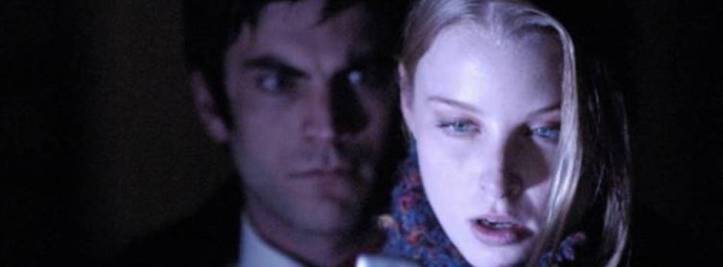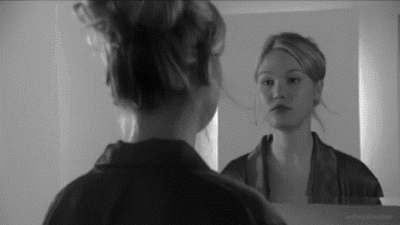Today I was in hell. Literally. Well. Almost. I visited the silver mine at Cerro Rico in Potosí. It is a quite shocking experience to go there. It’s on 4300 meters above sea level and breathing may be hard anyway but in there I came as close to suffocating as never before in my life (still not really close, I guess). Working conditions are awful and haven’t changed much since colonial times. Most minors die of silicosis in their 40s. They are self-employed and sell the silver to companies who purify it once a week – for whatever they can get for it.
The tour takes two to three hours – before it starts tourists normally buy little presents for the minors such as coca leaves, alcohol, working gloves or juice. In the mines you walk or crawl along the tunnels. There are puddles and mud everywhere and having to squat while walking is quite exhausting. Unluckily it doesn’t help that there is seemingly barely any oxygen but lots of silica dust that feels and tastes toxic when you inhale it. Water drops through the walls that apparently contains arsenic and cyanide. There are asbestos fibers in the rock walls. Additionally to that it’s very hot. And narrow.
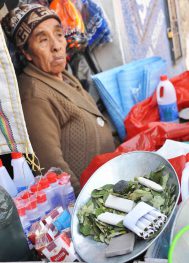 The miners’ market, where tourists can buy little gifts for the working men. That old lady doesn’t look too happy, maybe she figured I sneakily got her on the picture too
The miners’ market, where tourists can buy little gifts for the working men. That old lady doesn’t look too happy, maybe she figured I sneakily got her on the picture too 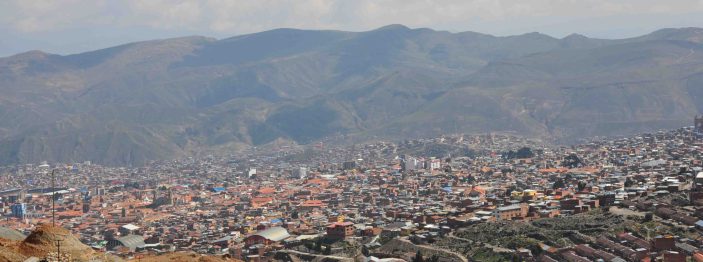 Potosí from Cerro Rico (Rich mountain)
Potosí from Cerro Rico (Rich mountain) 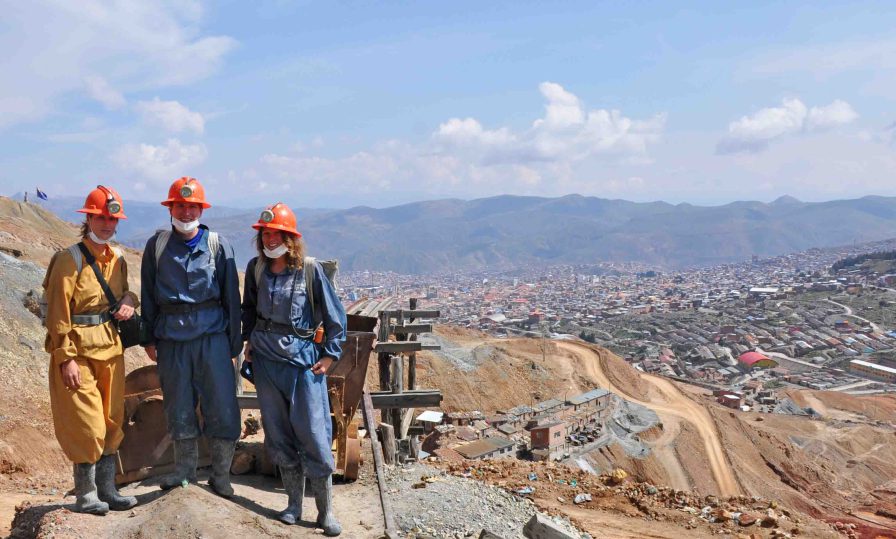 Karolina, Viktor and me befroe the tour
Karolina, Viktor and me befroe the tour
So I basically walked around inside a mountain, struggling to breeze which lead to tiny panic attacks every now and then. I was really happy when I discovered that some tunnels have air chimneys where it wasn’t as hot, dusty and all in all toxic. I was also lucky it was Saturday and not many men worked, otherwise it would have been way more dusty, crowded and there would have been more detonations (I only heard and felt 3). Not to mention the lack of safety I guess. This trip wasn’t a tourist tour really. Instead we visited people at their work place deep down inside the mountain. No need to say I was relatively relieved when we finally stepped back out and into the sunlight. I would not book this trip again ever. No way I will be making only one more step into this hell. I am very grateful I have a choice. 15000 miners up the Cerro Rico don’t!
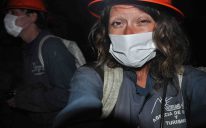 Pretty sceptical
Pretty sceptical 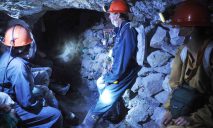 Us talking to the miners during their lunch break
Us talking to the miners during their lunch break 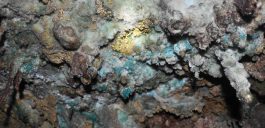 Different minerals: Copper (green) and Sulphur (yellow)
Different minerals: Copper (green) and Sulphur (yellow) 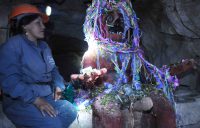 Tio – the miner’s devil. The men do believe in God but also think that the mines and the “underworld” are controlled by the devil Tio. The name derives from the Quechuan word for God (I think).
Tio – the miner’s devil. The men do believe in God but also think that the mines and the “underworld” are controlled by the devil Tio. The name derives from the Quechuan word for God (I think).
Potosí itself is quite nice and deserves its status as UNESCO World Heritage city. It has a famous mint museum (casa de moneda) – apparently one of South America’s finest museums. Not sure if that’s a bit overrated but since I had to join the Spanish tour I didn’t really understand too much so I can’t really judge. The rest of the time I spent walking around, eating and drinking and letting the sun shine on me while reading at the main square. Not much else to do, the city has nice colorful, colonial buildings along narrow streets. The traffic can be very busy leading to ridiculous amounts of exhaust fumes and gases. There are a lot of churches where you can climb up the clock tower for nice views but everything is closed on Sundays – maybe I can squeeze it in on Monday before I leave (– yes I could–). Most restaurants offer a good variety of vegetarian (traditional) food such as quínoa soup or salad (Andean salad). And of course I tried a tiny bit of Lama meat which I found gross, but the others seemed to like it.
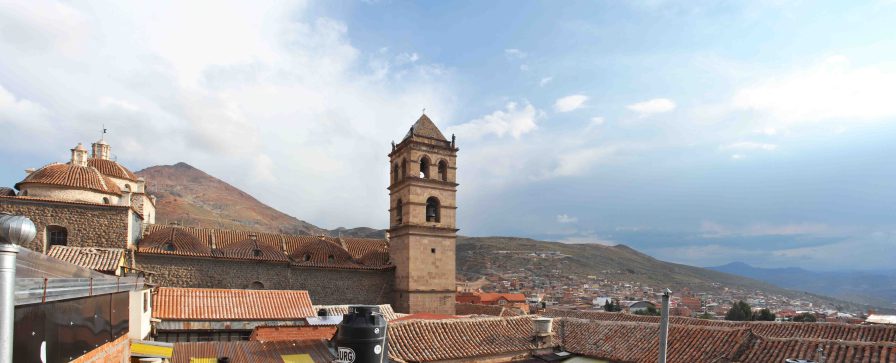 The view from my hostel
The view from my hostel 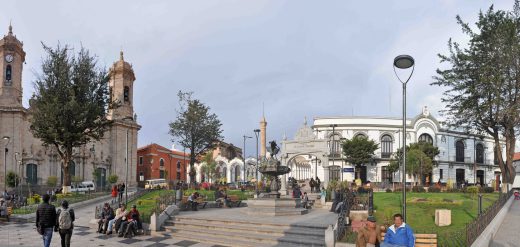 Plaza 10 novembre
Plaza 10 novembre 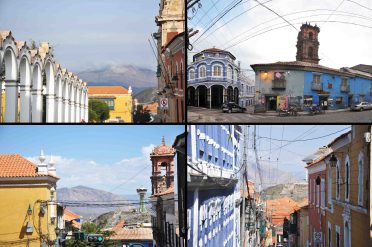 Streets of Potosí
Streets of Potosí
 Iglesia San Francesco
Iglesia San Francesco 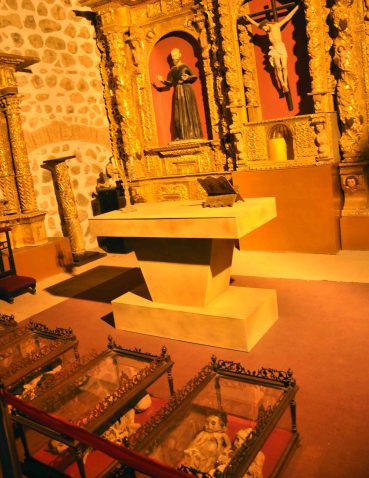 Check out hte glas boxes – there are baby mummies in there. No clue why, maybe they are saints
Check out hte glas boxes – there are baby mummies in there. No clue why, maybe they are saints 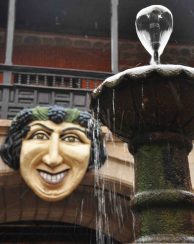 Casa de Monedo
Casa de Monedo 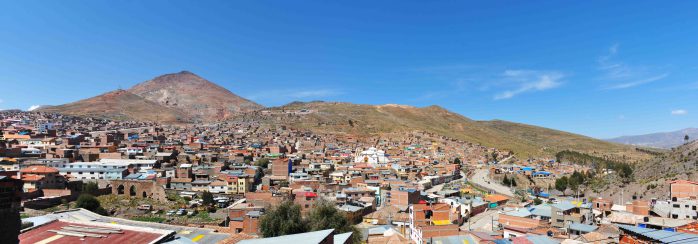 View from my way to the view point that was closed
View from my way to the view point that was closed 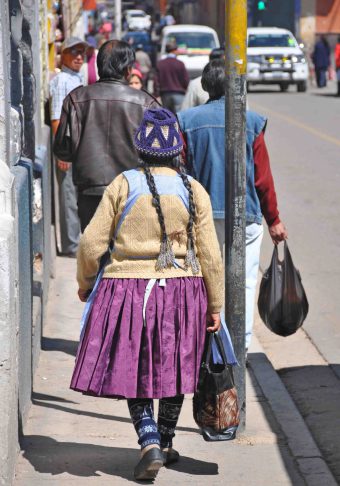
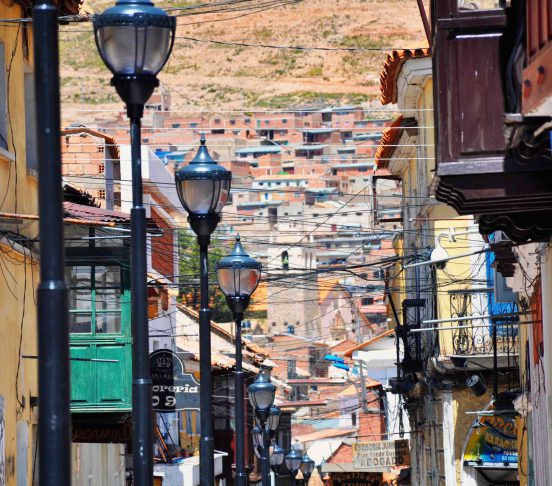
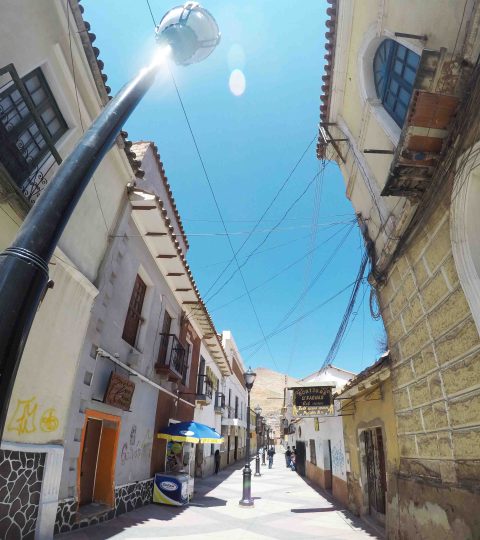 DCIM101GOPROGOPR7901.JPG
DCIM101GOPROGOPR7901.JPG 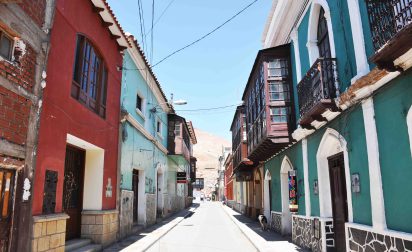
 4 course menu del día
4 course menu del día
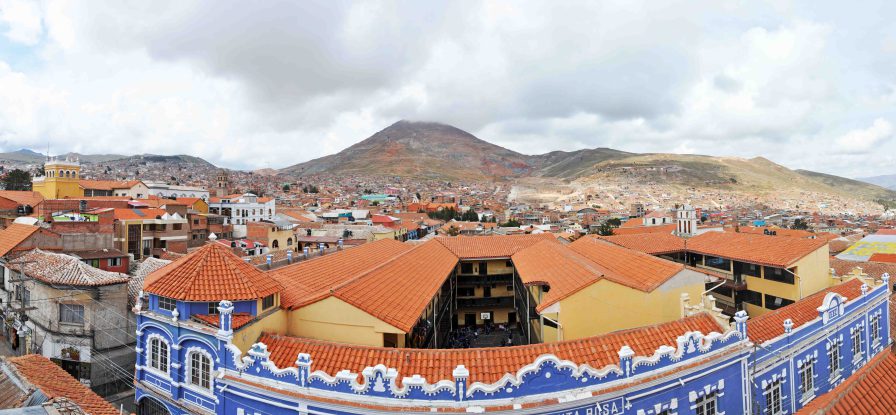 View from Iglesia de Compañia de Jesúsus
View from Iglesia de Compañia de Jesúsus 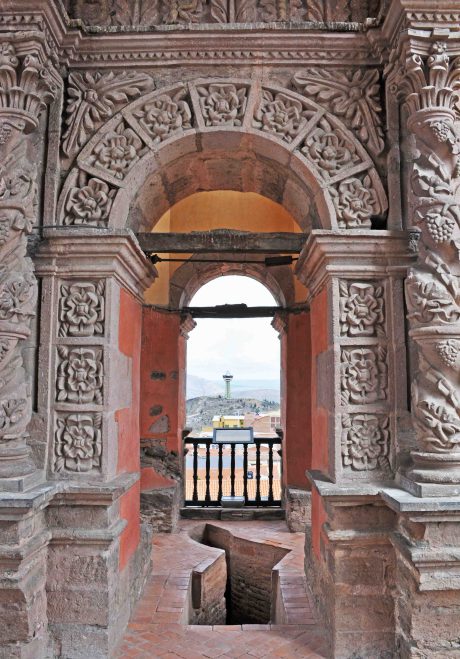 The clock tower
The clock tower 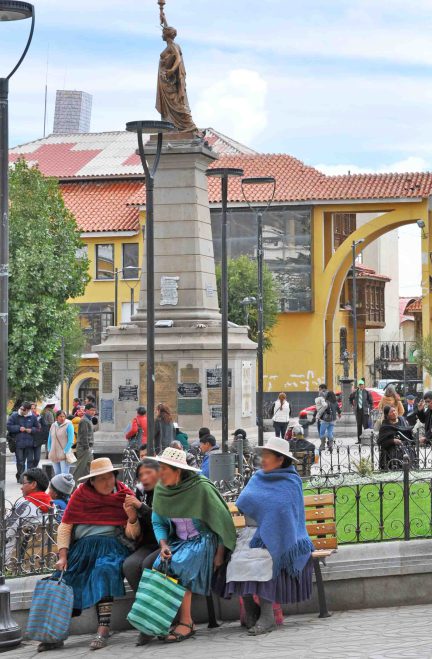 Busy monday on the Plaza
Busy monday on the Plaza
P.S. There is a movie about the miners of Potosí called “The Devil’s Miner”. Here is the Wikipedia Link. There is also a documentary about women miners although there aren’t many because women in the mines are bad luck.





